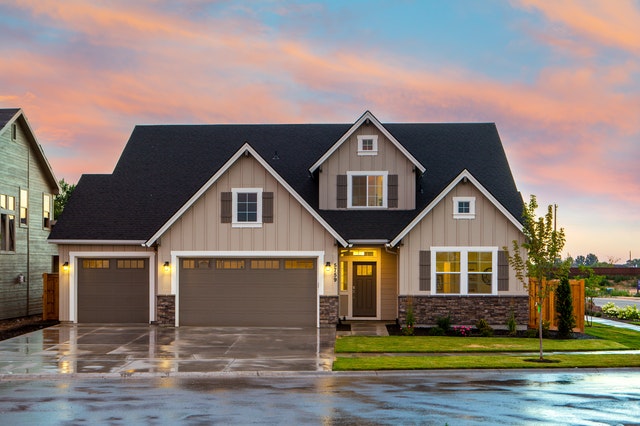
How To Eliminate Household Radon Dangers
 Radon is a naturally occurring, radioactive gas produced by the breakdown of uranium in soil, rocks and water. Since a typical home’s air pressure is lower than the pressure in the soil around its foundation, the home can act like a vacuum and draw radon in through any cracks or gaps within its foundation.
Radon is a naturally occurring, radioactive gas produced by the breakdown of uranium in soil, rocks and water. Since a typical home’s air pressure is lower than the pressure in the soil around its foundation, the home can act like a vacuum and draw radon in through any cracks or gaps within its foundation.
Homeowners like you can be exposed to radon primarily from breathing it in along with the air that comes through these cracks and gaps. When you breathe in radon, radioactive particles from radon gas can get trapped in your lungs, which can lead to lung cancer. In fact, the U.S. Environmental Protection Agency and the Surgeon General’s Office estimate that radon exposure is the second-leading cause of lung cancer in the United States.
To ensure that you and your family can breathe easy, it’s important to test your home for radon. Consider the following testing tips and safety guidance to eliminate radon dangers in your household:
- Get your home tested for radon if it has never been tested before, or if it’s been two years since the last test. And if your house has been renovated since it was last tested for radon, have it tested again.
- Order a radon testing kit by mail from a qualified radon measurement service provider or local hardware store. Otherwise, consider hiring a qualified radon tester—often also a home inspector.
- Apart from getting your home tested, consider installing a radon mitigation system to protect your household from radon dangers. A qualified radon reduction contractor can often install a system in less than a day. If your home’s water source has high levels of radon as well, a point-of-entry treatment device can be installed to reduce emissions.
Any home can have a radon problem. This includes new and old homes, well-sealed and drafty homes, and homes with or without basements. You cannot predict radon levels based on state, local and neighborhood radon measurements. Contact your state’s radon office for more information about radon risks in your area.
